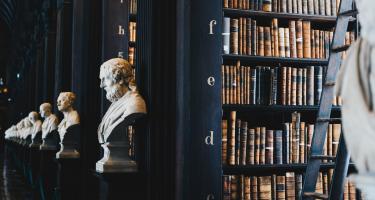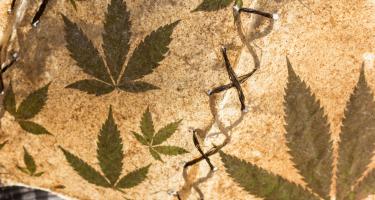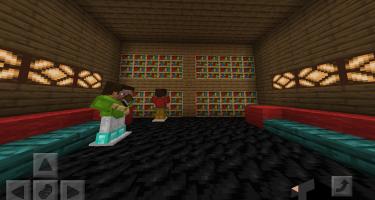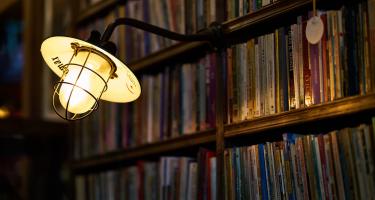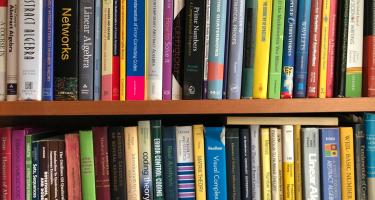
Randy Mayfield with Beth Miller—One Life: Your Gift Will Make a Way!
NASW member Beth Miller teamed up with her lifelong friend, singer, songwriter, and pastor Randy Mayfield to produce Mayfield’s memoir, One Life: Your Gift Will Make a Way!. The book describes Mayfield’s many humanitarian missions around the world, which include providing aid for orphanages in India, food and clean water programs in Haiti, and job training programs for Kurdish refugees in Iraq.




